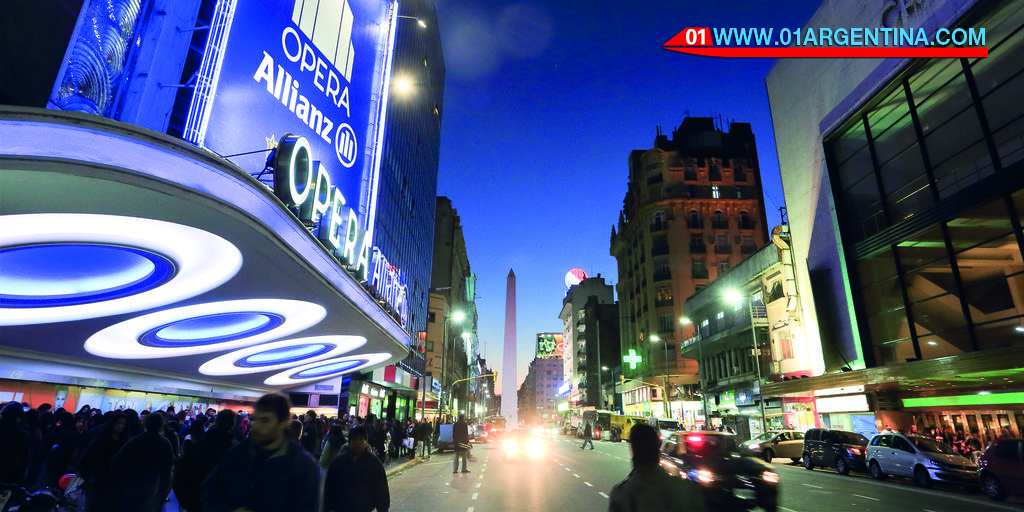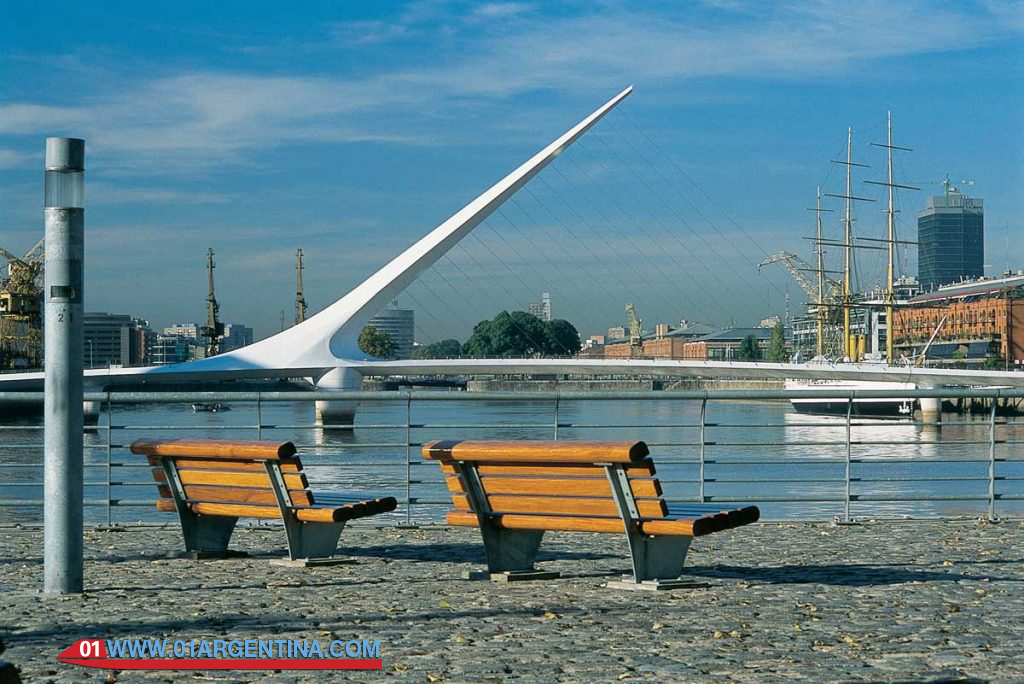
The city of Buenos Aires offers all alternatives for all ages.
Know more about the top places to visit in Buenos Aires, Argentina.
The city of Buenos Aires is the capital of the country and is the inescapable point when traveling to Argentina.
There are samples of art of all kinds, such as plastic, painting, photography, sculpture, digital art and installations. Concerts, festivals, theater, cinema, meetings in cafés, milongas and tango houses.
The Teatro Colón and small experimental theaters, old bookstores and new cultural centers, more than a hundred museums, parks, craft fairs and modern shopping centers.
Buenos Aires night is one of the biggest attractions since it has a nightlife that can hardly be lived in another city in the world.
Bars, Pubs, nightclubs and parties that last all night 7 days a week.
Argentina is the most visited country in all of South America and, in turn, Buenos Aires is the favorite destination of foreigners with some 4 million visits per year.
The city of Buenos Aires is a populous city and is among the 20 preferred destinations in the world.
The most important tourist places of the city of Buenos Aires are located in its historic center, a sector formed practically by the neighborhoods of Monserrat and San Telmo.
The city of Buenos Aires began to be built around the Plaza Mayor (now Plaza de Mayo), and the administrative institutions of the Colony were installed in the area.

Microcentro
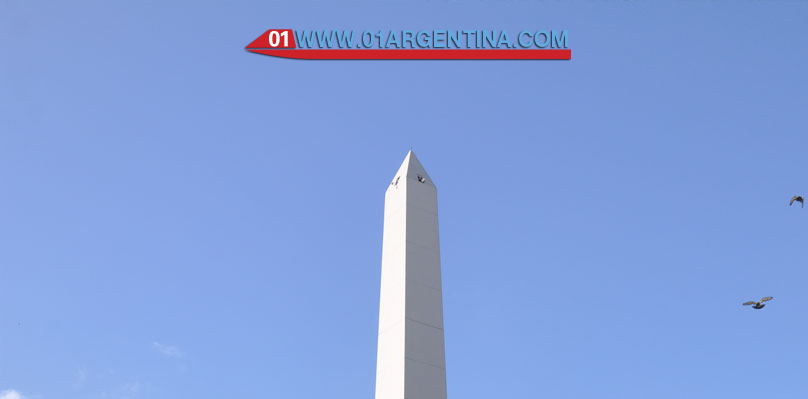
Buses, taxis, and people rumble along the narrow streets and sidewalks of the frenetic “microcentro”. The moment of maximum apogee is usually during office hours. Located east of Avenida 9 de Julio – the widest avenue in the world – Microcentro is full of companies, banking headquarters, multinational corporate offices and government institutions. On Fridays, the businessmen take off their ties, while they take some pints of beer in the Irish pubs and bars located in the area.
Main points of interest:
– Florida street
Like an elegant pedestrian street, Florida begins on Avenida de Mayo and continues for almost a kilometer to the beautiful Plaza de San Martín, in Retiro. Surrounded by shopping centers such as Galerias Pacifico, with branded shops, and leather and souvenir shops, Florida Street is an interesting place to observe the vibrant activity in Buenos Aires and enjoy a little shopping.
Location: Florida Street between Plaza San Martin and Avenida de Mayo.
– Avenida de Mayo
This important avenue connects the Plaza de Mayo and the Plaza Congreso along a stretch of ten blocks of neo-classical European structures and nouveau art that reflect the European influence in the city. Named after the May Revolution of 1810, the street houses historical treasures such as the famous Café Tortoni, known as the cultural center of Buenos Aires.
Location: Avenida de Mayo, from 500 to 1400.
– 9 de Julio Avenue and the Obelisk:
You can not miss the incredible view of Avenida 9 de Julio, the widest avenue in the world. The Obelisk is carefully located at the intersection of 9 de Julio and Corrientes Avenue. From there you can enjoy a walk during the day or night and see many of the tourist places of Buenos Aires, such as the Teatro Colón, the Embassy of France and a row of sculptures and monuments on its central sidewalks.
Location: Avenida 9 de Julio to 1300 to 500.
Plaza de Mayo
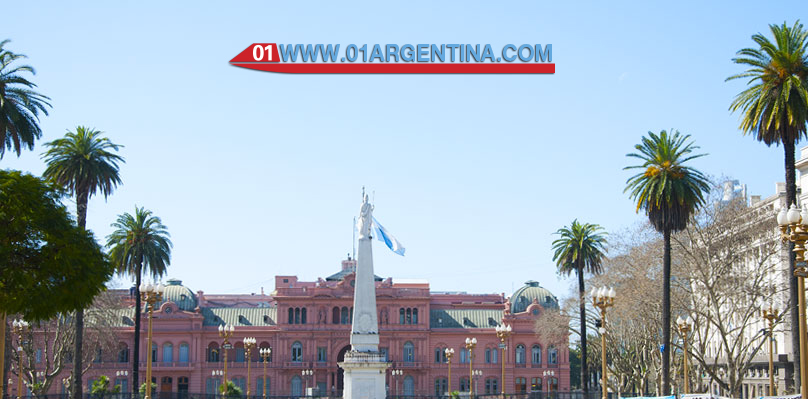
It has become the most important political landmark in Buenos Aires since the Independence of Argentina was declared in 1810. People with different political ideologies gather here in massive political demonstrations such as those organized by Evita Perón or by the Mothers of Plaza de Mayo . The Plaza de Mayo is also home to important houses of local and national governments such as the Casa Rosada (Presidential House), El Cabildo (which was the Government House during the colonial period), or the Metropolitan Cathedral of Buenos Aires.
Location: between Hipólito Yrigoyen at 300, Rivadavia at 300, Balcarce and Bolívar.
Recoleta
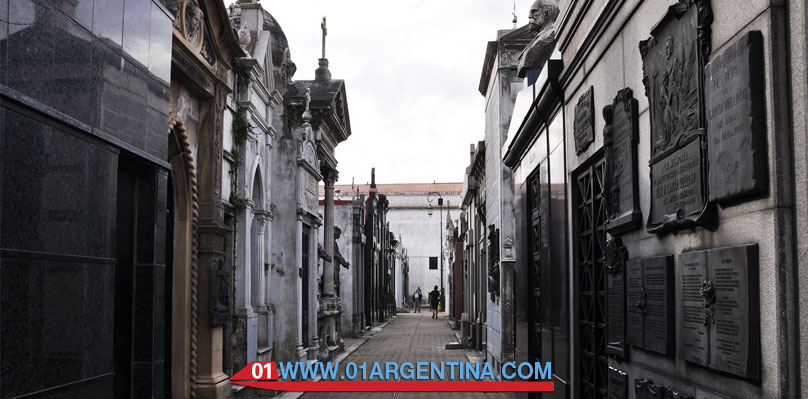
A high-class residential and commercial district, full of French-style buildings and nouveau art buildings, Recoleta is one of the most expensive and elegant neighborhoods of Buenos Aires and one of the most popular for tourists. Its central square, Plaza Francia is surrounded by cafes, restaurants and other very important points of interest in Buenos Aires such as the Church of Pilar, the National Palace of Arts (Palais de Glace) or the Faculty of Law of the University of Buenos Aires Aires, next to which is the famous Floralis Generica – an immense steel statue in the shape of a flower, whose petals open and close depending on the time of day. Every weekend, interesting cultural activities and colorful craft markets take place in this tourist place. You can also enjoy exclusive stores of brands of international designers.
Main points of interest:
– Recoleta Cemetery
More than a cemetery, this famous monument is part of the most important tourist attractions of Buenos Aires. The Recoleta Cemetery is an art museum dating from 1800. There are the remains of the most influential and important personalities in Argentine history, such as the populist Eva Perón. Its marble mausoleums are dedicated to entire families and descendants, and are adorned with sculptures and other extravagant monuments that reflect the opulence of Argentine high society. You can not visit Buenos Aires, or go through the Recoleta neighborhood without visiting this important place of interest.
Location: Calle Junín at 1700
– Recoleta Cultural Center
The building was donated to the city by the Franciscans in 1716. Since its renovation in 1980 it has operated as a cultural center and one of the most popular places in the city.
Location: Junin Street in 1930
Congress
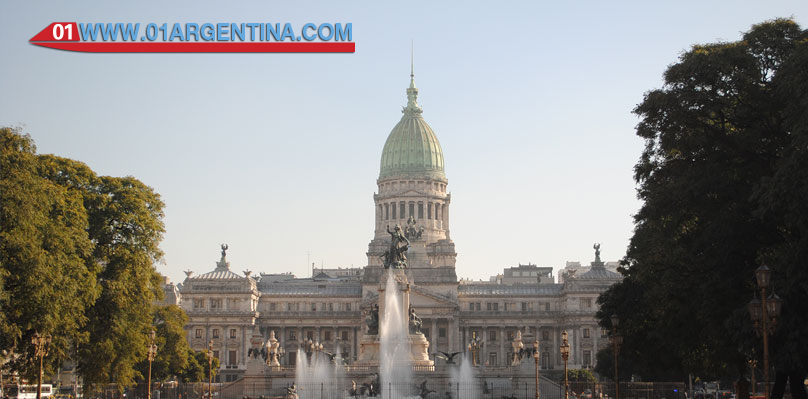
The magnificent gray stone building, the Palacio del Congreso, has an impressive and impressive presence in this neighborhood, which people commonly know as “Congreso”. It is a zone of middle class, with a strong commercial activity, that offers an approach to the real Buenos Aires. The Plaza Congreso, adorned with various monuments and sculptures, is the second most important political venue for Argentines. Many demonstrations begin or end at the Congress, since it is only ten blocks from the Plaza de Mayo through Avenida de Mayo. Argentines are very involved and committed to the politics of their country, and they love to prove it. And there is no doubt that you will run into a demonstration or two while you visit Buenos Aires.
– Palace of Congress
Its impressive construction makes this palace one of the architectural landmarks of Buenos Aires. Built at the end of the 19th century, the Congress faces Plaza Congreso, an immense park with monuments and sculptures that creates a quiet area in the middle of the hectic microcentro.
Location: Between Rivers / Avenida Callao and Avenida Rivadavia at 1700.
– Corrientes Avenue
One of the main avenues of Buenos Aires, Corrientes Avenue, intersects with 9 de Julio Avenue and the Obelisk before continuing in downtown Buenos Aires. Corrientes is of great cultural interest for the porteños, and thanks to the great variety of theaters, unofficially it has become the Broadway of Buenos Aires. It is also home to many tango houses, excellent bookstores (many of them with a selection of literature in other languages) and Italian pizzerias that entertain the residents of the city until late at night.
Location: Callao Avenue at 400, intersection with Corrientes Avenue at 1700 to 800.

Remember to check our Buenos Aires Tours too and feel free to contact us.
